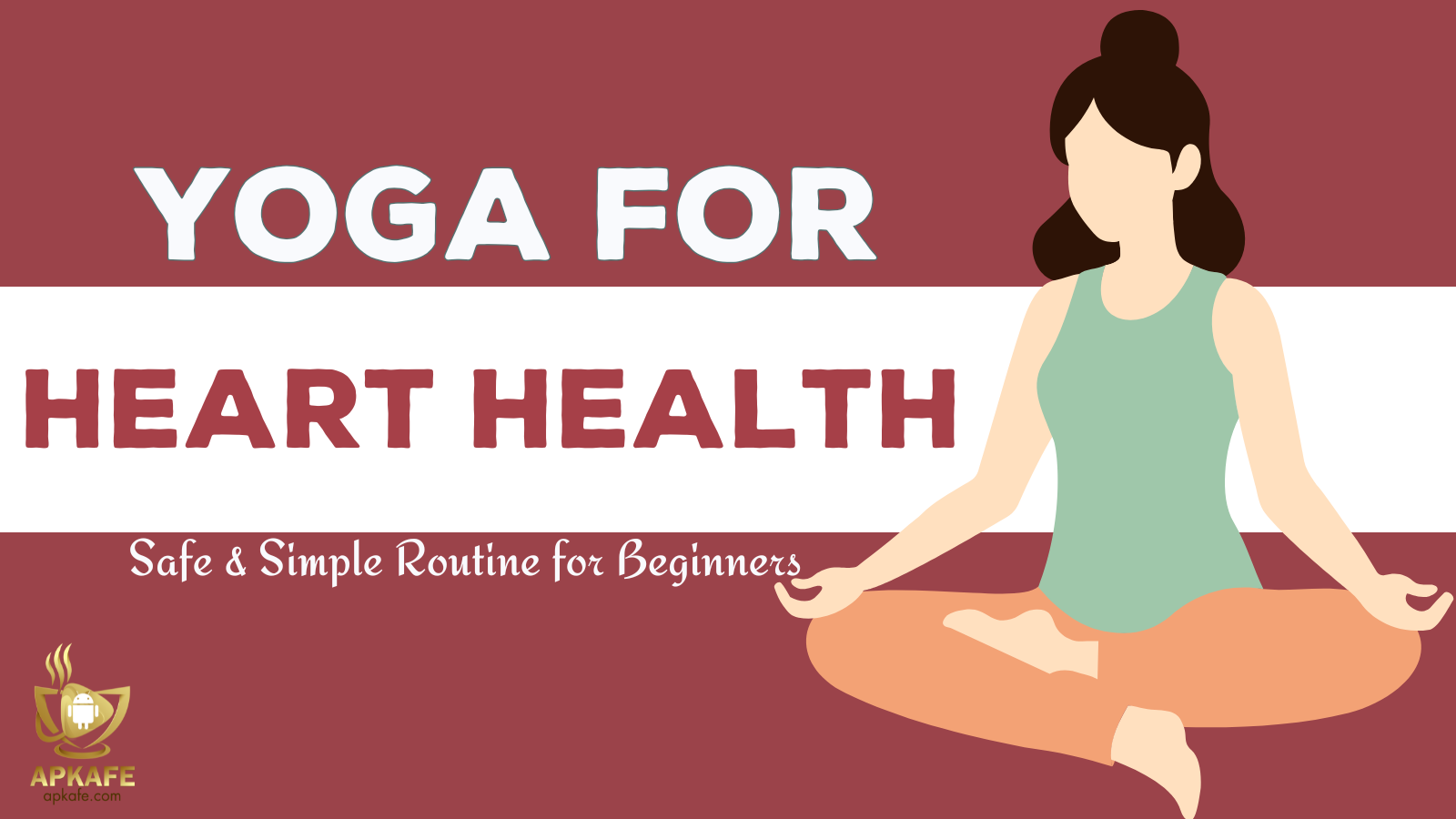How to Lose Weight After Giving Birth (Safely, Gently & Without Pressure)
Losing weight after giving birth is not about “getting your old body back.” It’s about rebuilding strength, restoring energy, and feeling at home in your body again. New moms don’t need strict diets or intense workouts, they need realistic steps that work even when life is unpredictable, sleep is fragmented, and emotions are shifting. In Step 7, you’ll uncover the tiny daily switch that helps most new moms lose weight without dieting—and you can start it tonight. This guide gives you a clear, safe framework built for 3 - 18 months postpartum, including when to start moving, how to heal your core, what to eat, and how apps like Noom, pregnancy+, and Ovia can support progress without pressure.
Safety Prerequisites Every New Mom Must Know
Most moms miss one red flag that can slow recovery for months—revealed in the last bullet below.
Before starting any postpartum weight-loss plan, remember: childbirth transforms your body inside and out. Healing core muscles, stabilizing joints, managing hormones, and rebuilding energy take time. Start slowly and intentionally.
What to check before starting
- Medical clearance: Usually 6–12 weeks postpartum; C-section moms may need longer.
- Bleeding: If bleeding increases after activity, scale back.
- C-section recovery: Avoid twisting, planks, or deep core work early on.
- Breastfeeding: Avoid aggressive calorie restriction (to protect milk supply).
- Warm-up rule: Always warm up 5 minutes before workouts.
- Cool-down rule: Include breathing + gentle stretching afterward.
Red Flags (STOP if you notice these)
- Sharp abdominal pain
- Burning or pulling near C-section incision
- Coning/doming of the abdomen during exercise
- Leaking urine or pelvic heaviness
- Dizziness or faintness
Step-by-Step: A Practical 8-Step Framework for Healthy Postpartum Weight Loss
One of these steps is the true “fat-loss unlock” and it’s not exercise.
Step 1: Rebuild Your Core & Pelvic Floor First
Pregnancy stretches abdominal muscles and weakens the pelvic floor. Before weight loss accelerates, your body must regain stability. Start with diaphragmatic breathing, pelvic tilts, and gentle TVA (deep core) activation. Avoid crunches, planks, and leg lifts early on—they increase internal pressure and can worsen diastasis recti.
Pitfall: Doing “easy” exercises too hard.
Pro Tip: If your belly cones or domes, regress the movement immediately.
Step 2: Start With Gentle Movement (10–15 Minutes Daily)
Short, consistent movement beats long, intense sessions postpartum. Walks with the stroller, mobility flows, light yoga, or 10-minute stretching routines improve circulation, reduce inflammation, and boost mood. The “Talk Test” helps set your pace: you should still be able to speak in full sentences.
Pitfall: Believing movement “doesn’t count” without sweat.
Pro Tip: Add a short walk after feedings to create a built-in habit.
Step 3: Use Postpartum-Friendly Apps to Track Progress
Apps reduce mental load and increase consistency. Tools like pregnancy, Ovia Pregnancy App, and Noom help track steps, meals, hydration, mood, or core routines. Don’t over-log—start with one small metric.
Pitfall: Tracking too much too soon.
Pro Tip: Try “photo-based logging”: snap meal photos instead of counting calories.
Privacy Note: Turn off location and contact access unless needed.
Step 4: Focus on Nourishing, Not Restricting
Postpartum bodies are healing bodies. Restriction increases stress, lowers milk supply, and triggers cravings. Instead, build meals with the PFF Formula: Protein + Fiber + Healthy Fat. This balances blood sugar, supports healing, and keeps you full. Aim for simple meals—smoothies, yogurt bowls, eggs, grain bowls, soups, sheet-pan dinners.
Pitfall: Skipping meals then overeating at night.
Pro Tip: Prep “one-handed snacks” like boiled eggs, nuts, yogurt, or cheese sticks.
Step 5: Rebuild Muscle Gradually With Short Strength Sessions
Strength training boosts metabolism more than cardio alone. Begin with light resistance bands, bodyweight squats, wall push-ups, hip bridges, and supported lunges. Keep sessions short but consistent—2×/week for 10–15 minutes can transform how you feel.
Pitfall: Starting with heavy weights or fast HIIT.
Pro Tip: Use slow reps (3 seconds up, 3 seconds down) to protect your core.
Step 6: Improve Sleep Quality (Even If You Can’t Sleep More)
New moms rarely sleep longer—but you can improve the quality of what you get. A simple 5-minute wind-down routine (dim lights, light stretching, slow breathing) teaches your brain to shift into recovery mode. Avoid screens 30 minutes before bed when possible.
Pitfall: Using every nap to catch up on chores.
Pro Tip: Follow the “2 recovery nights rule”: go to bed 45 minutes earlier twice a week.
Step 7: Use Habit Stacking to Automate Weight Loss
This is the “tiny switch” teased earlier. Habit stacking means tying a small healthy action to something you already do. Drink water after every breastfeeding session, stretch for 2 minutes after putting the baby down, or take 10 deep breaths after brushing your teeth.
Pitfall: Trying too many habits at once.
Pro Tip: Choose one effortless micro-habit and master it.
Step 8: Be Patient: The Postpartum Body Has Its Own Timeline
Your timeline is not anyone else’s. Some moms lose faster, others take 12–18 months. Hormones, sleep, breastfeeding, mental load, and genetics all play roles. Focus on strength, energy, and routines—not comparison.
Pitfall: Comparing yourself to pre-baby photos.
Pro Tip: Track non-scale victories: strength, stamina, posture, mood.
Common Pitfalls (and Practical Fixes)
Pitfall #3 is the hidden reason many moms plateau.
Pitfall 1: Starting Intense Workouts Too Early
Fix: Stick to walking + gentle strengthening for 8–12 weeks.
Pitfall 2: Skipping Meals
Fix: Use balanced, fast snacks and keep portions ready.
Pitfall 3: Undereating
Fix: Follow protein + fiber + fat structure.
Pitfall 4: Inconsistent Routines
Fix: Use habit stacking + 10-minute blocks.
Pitfall 5: Incorrect Core Form
Fix: Regress movements; consult pelvic physiotherapist if persistent.
Safety & Privacy Checklist (Apps + Health)
Most moms don’t realize one small permission toggle in many apps can expose sensitive health data — look for it in bullet #3.
A safe postpartum plan must protect both your body and your data. While apps like Noom, pregnancy+, and Ovia help track progress, it’s important to keep your health information secure and your exercise choices aligned with your recovery stage.
Health Safety Checklist
- Start workouts only after medical clearance (usually 6–12 weeks).
- Stop immediately if you feel pelvic heaviness, sharp abdominal pain, or increased bleeding.
- Avoid planks, crunches, jumping, or heavy lifting early postpartum.
- If breastfeeding, avoid aggressive calorie deficits; hydrate consistently.
- If you notice coning/doming, regress core exercises.
App Privacy Checklist
- Check “App Permissions” and disable access to contacts, photos, and GPS unless necessary.
- Review the app’s data-sharing policy—some tools share analytics with advertisers.
- Turn off automatic syncing with third-party platforms.
- Store only the data you’re comfortable retaining (food photos, weight, steps).
- Use strong passwords & enable two-factor authentication if available.
Conclusion: Your Body, Your Pace — Healthy Weight Loss After Giving Birth
Weight loss after giving birth is not a race. It’s a gradual rebuilding of strength, stability, and confidence. Your body has carried, protected, and nourished a new life; now it deserves patience, gentle routines, and compassionate care. When you combine core healing, small daily movements, nourishing meals, better sleep quality, and supportive tools like pregnancy+ app, Ovia, or Noom, progress becomes steadier and more sustainable.
Every mom’s timeline is different. Some lose weight quickly, others take months or even a year, both are normal. What matters most is feeling stronger, more energized, and more connected to your body again. Stay consistent, stay kind to yourself, and trust that with the right habits, weight loss after giving birth will happen naturally, safely, and at the pace your body is ready for.
FAQs
How long does it take to lose weight after giving birth?
Most women lose weight gradually over 6–12 months. Some take longer due to sleep, hormones, breastfeeding, or recovery speed. Slow progress is normal.
Can I lose weight while breastfeeding?
Yes, if weight loss is gentle and not based on restriction. You need extra calories when breastfeeding, so avoid dieting below your doctor’s recommended range.
What exercises should I avoid postpartum?
High-impact jumps, crunches, leg raises, heavy barbell work, and intense HIIT can harm your core early on. Start with gentle moves until cleared.
Why am I not losing weight even though I eat healthy?
Postpartum hormones, sleep deprivation, elevated cortisol, under-eating, or inconsistent routines are common blockers. Address sleep quality and gentle movement first.
Can C-section moms lose weight the same way?
Yes, but they must progress more slowly, especially with core work. Always avoid moves that strain the incision area until fully healed.
Should I track calories postpartum?
Optional. Light tracking can help awareness, but strict calorie counting is discouraged early postpartum. Apps with simple food logs (photos, categories) work best.
What if I feel like I’ll never get my body back?
Many moms feel this silently. Your postpartum body isn’t “ruined”—it’s recovering. Strength, tone, and energy return with time, gentle training, and consistent habits.
INTERNAL LINKS USED
- Healthy lifestyle tips
- Healthy eating habits for weight loss
- Calorie counter apps for beginners
- Pregnancy journey tracking apps
- Pregnancy Tracker App
- Simple daily health tips
EXTERNAL SOURCES (Credible & Health-Safe)
(No medical claims; reputable references only)
- American College of Obstetricians and Gynecologists (ACOG) — Guidelines on postpartum exercise
- CDC — Postpartum health & nutrition guidance
- NASM — Postnatal fitness recommendations
User Reviews













